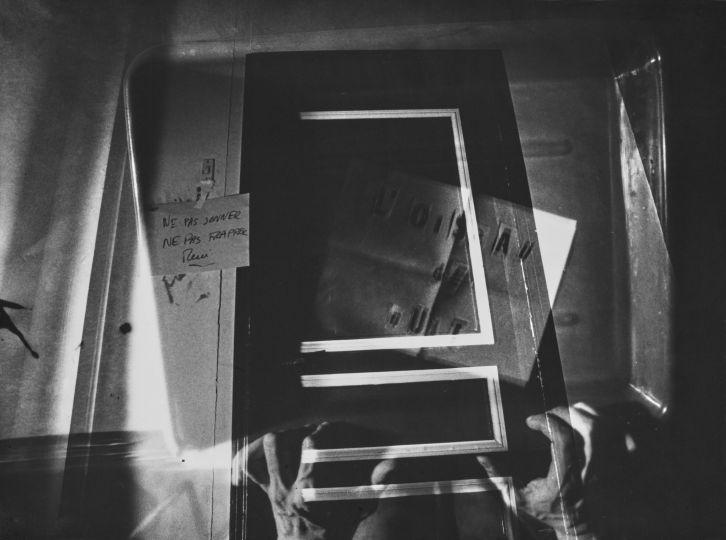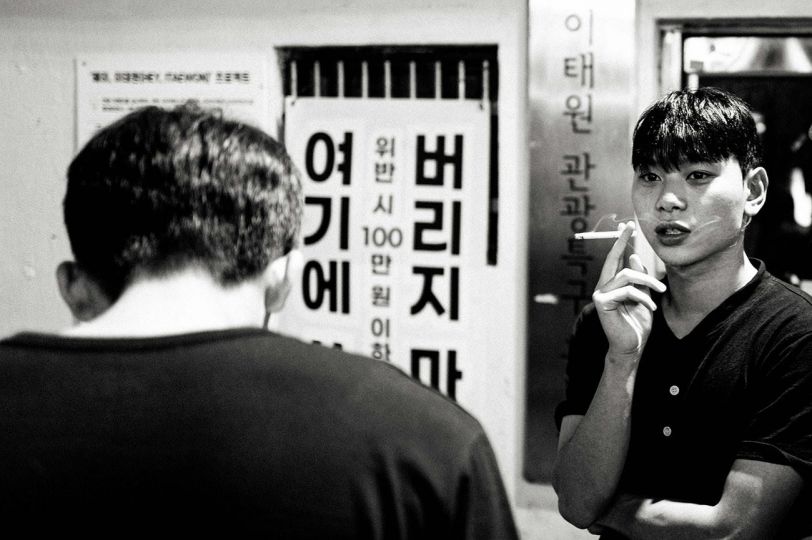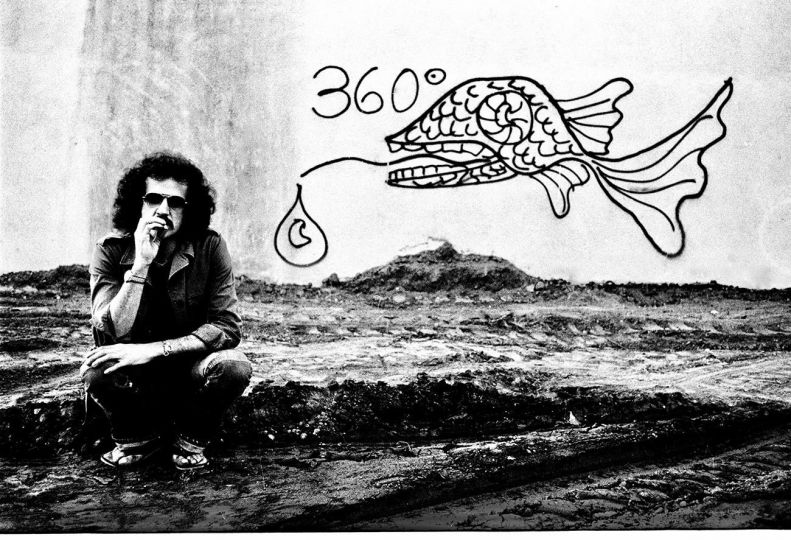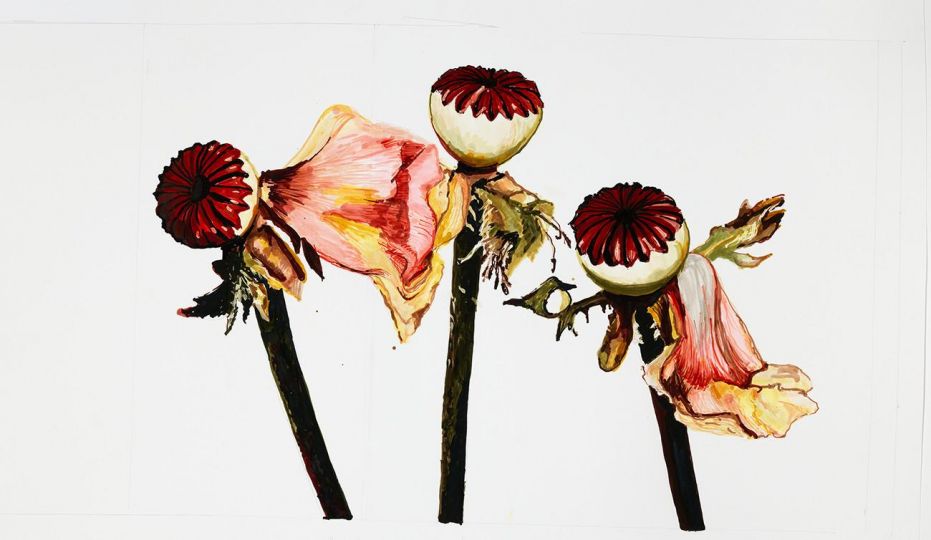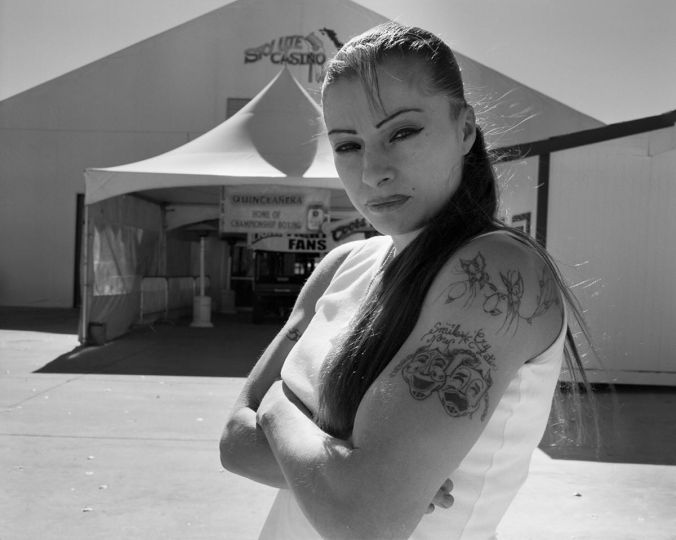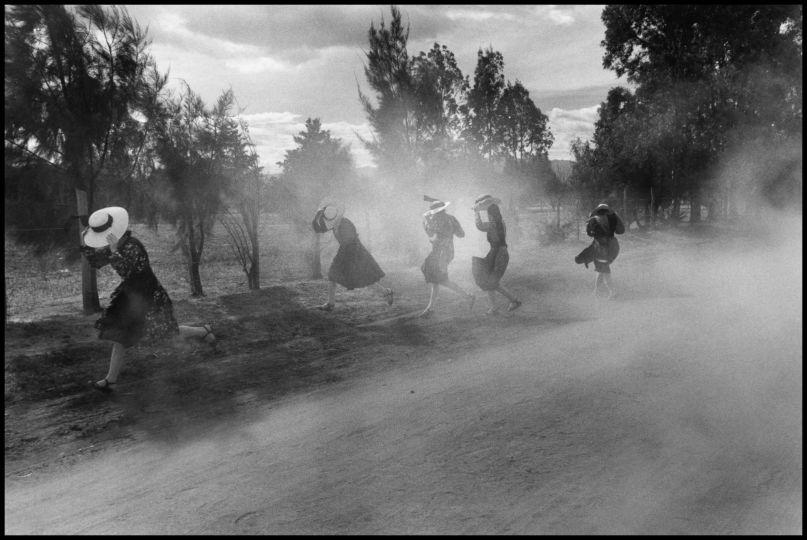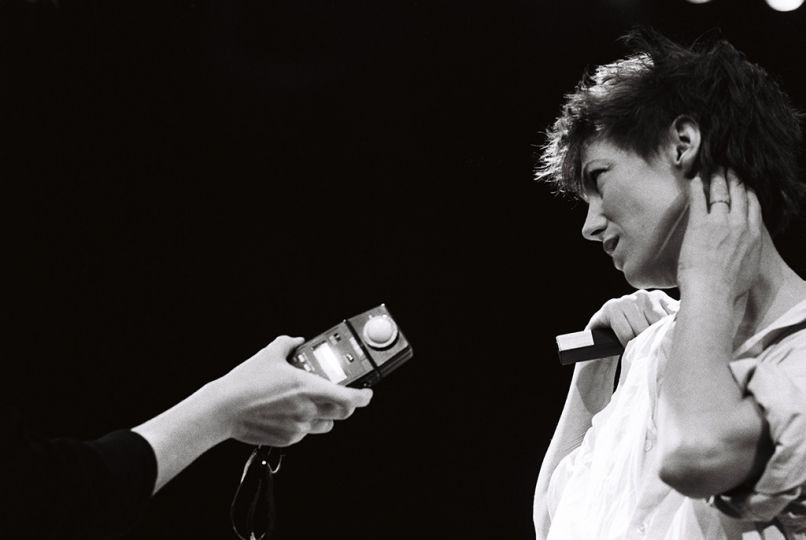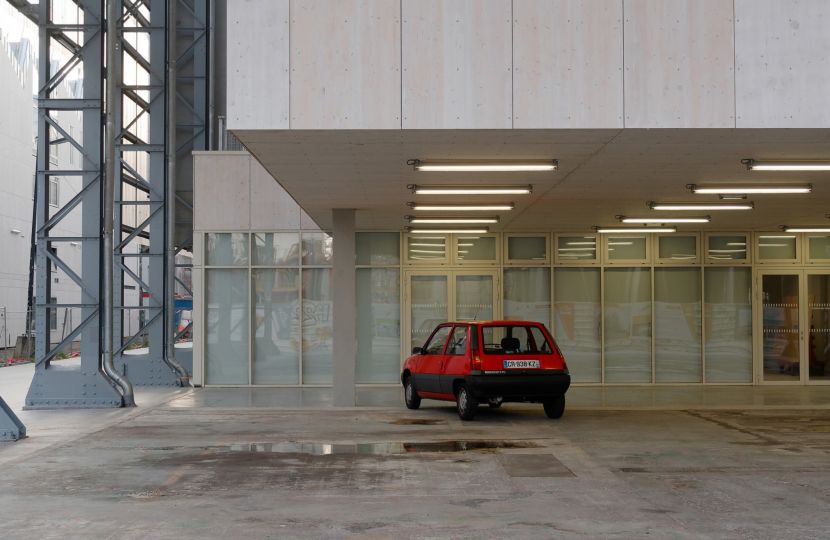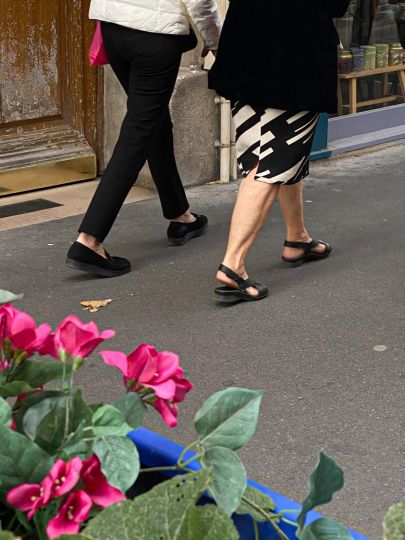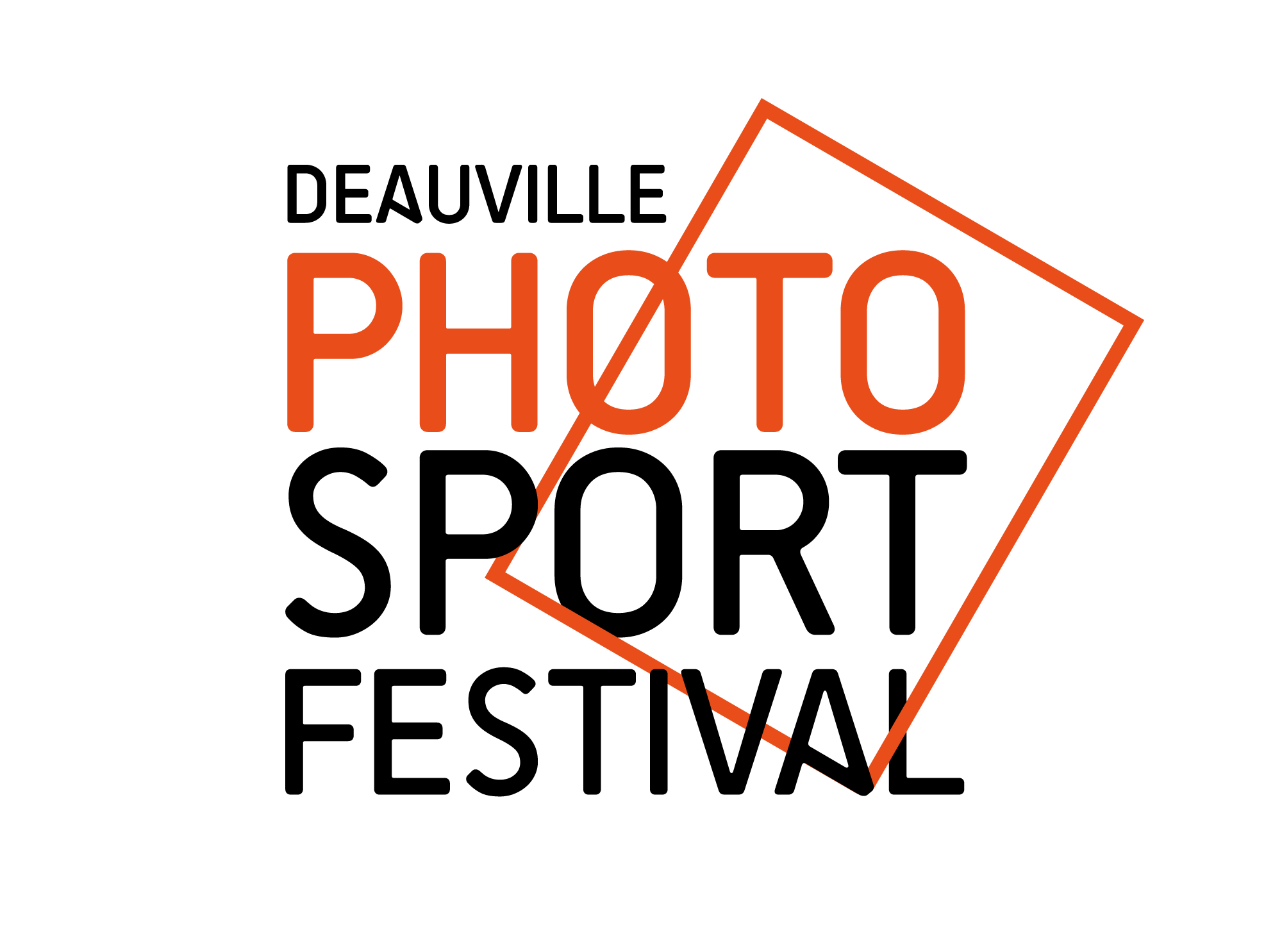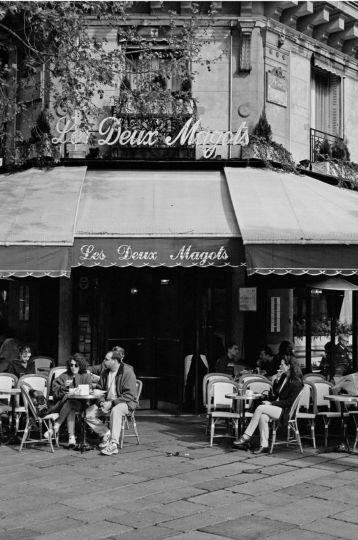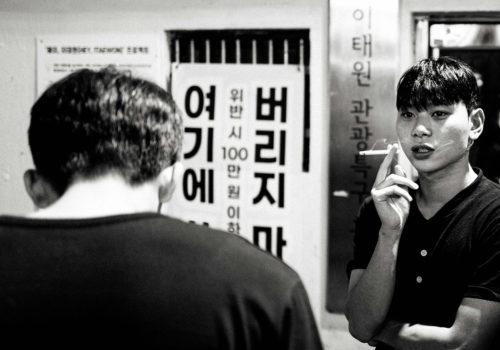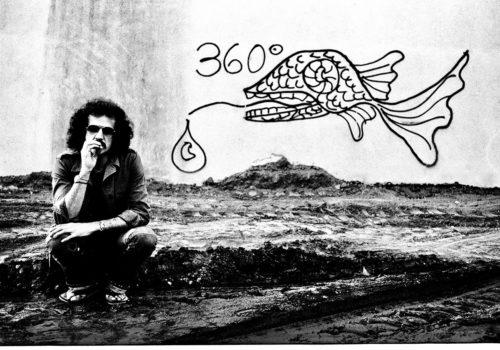The Elda Mazer gallery hosts L’Oiseau de Nuit, a photographic work produced in the early 1980s by Jean-Bernard Favero-Longo: a huis-clos in a photo-lab between fantasy and transvestism, between nightmare and reality, between image and reflection, between ‘I’ and ‘another’.
“On one of the pictures, the following is displayed underneath a doorbell: “Do not ring. Do not knock. Thank you. So how do you get in? Through the doorway, like the ghostly figure entering the darkness of the flat? No. The viewer of the exhibition The Nightbird does not ring the bell, does not knock, and is immediately in contact with the schizophrenic. Schizophrenia of the self-portrait, of the photogenic double. I is another. A woman escaped from the Roaring Twenties, Murnau’s or Herzog’s Nosferatu, Norman Bates or the monstrous face of the Grim Reaper.
Schizophrenia in space. A former “Vaugirard”, a man of the shadows who spent his life bringing others to light, Jean-Bernard Favero-Longo favours dark interiors to which he gives a thousand faces through the simple prism of expressionism. The interior also allows the deployment of a timeless universe, outside of time. The vamps of the 1920s intermingle with the golden age of Hollywood cinema and the disturbing toys of Bunny Lake a disparu; Frankenstein rubs shoulders with the 1960s of Duane Michals or Pierre Molinier. One also thinks of the strangeness of Francesca Woodman.
Finally, the schizophrenia of photography. Jean-Bernard Favero-Longo’s photographs shake the Barthesian “it has been” and the reassurance of the indicial. What is left of the real? Of the real? Is the immortalized not purely phantasmatic? Perhaps the body remains. An evanescent body, a ghostly body, a fragmented body, but a body of flesh and blood. The embodiment of an eroticism à la Bataille that mixes sex and pleasure with death. The relatively clear and luminous bird’s-eye view of the artist at work is contrasted with the frontal nature of the exhibition and the transvestite. The movement, the blur, the superimposition can only belong to rambling, to fetishist or nightmarish reverie and finally to the advent of the cinematographic within photography. The blood-red tip of the knife refers to the theories of the Figural, cutting the living flesh of visuality. The bloody blade is a tear in the fabric of representation and sums up Jean-Bernard Favero-Longo’s work, which stabs the viewer’s mind to highlight his own duality. No doubt it is a bit of our phantasmatic and schizophrenic haemoglobin that the edge of the blade keeps track of..”
Adrien-Gabriel Bouché
Doctoral student in film studies at the University of Rennes 2
Author of Lisandro Alonso. Habiter la nature, rêver le cinéma, éditions WARM.
Information
Galerie Elda Mazer — on appointment
51 rue Daguerre, 75014 Paris
December 06, 2021 to December 31, 2021

